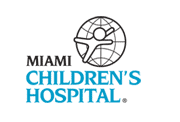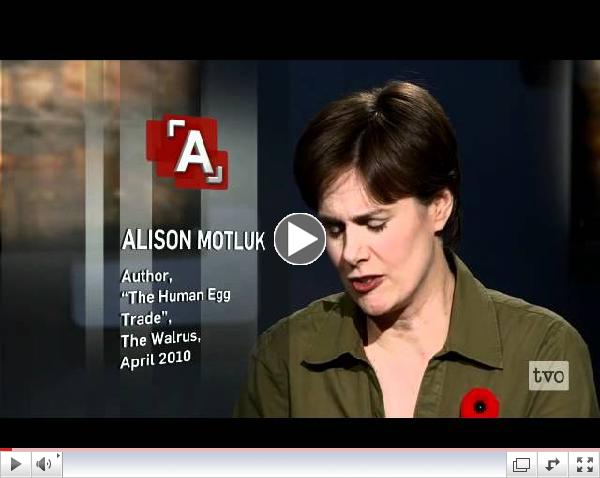|
Underwriter
|

NEED MEDICAL OFFICE SPACE? CALL (954) 346-8200 Ext. 201 __________________
|
Transabdominal ultrasound for diagnosing ovarian torsion in young girls
| |
Ovarian torsion, while an infrequent diagnosis, is not uncommon in premenarchal girls. The clinical picture is often nonspecific and the differential diagnosis wide. Children cannot always articulate symptoms clearly, and delay and misdiagnosis is common. As vaginal ultrasound may not be tolerated in young children, trans abdominal color Doppler imaging (CDU) is the imaging technique of choice. (Diagnostic laparoscopy is the "gold standard")
A retrospective chart review of 664 CDU's in girls with a diagnosis of acute abdominal pain indicates that transabdominal CDU is a poor modality to diagnose torsion of the ovary, but is excellent in excluding it.
Journal of Pediatric Surgery
|
|
Docosahexaenoic acid (DHA) augments hypothermic neuroprotection
| |
DHA is an omega-3 fatty acid that is a primary component of the human brain and in post-hypoxic-ischemic (HI) insult to the brain (in neonatal rats), improves sensory motor function (but does not diminish brain damage).
Hypothermia is now standard therapy in the neonate for post-HI brain injury.
An interesting study of 7 day old rats investigated the comparative effects of injected 2.5mg/kg DHA versus a control group, with one hour later hypothermia for 3 hours being undertaken, following carotid artery ligation & 90 minutes of 80% oxygen exposure.
It appears that unlike post-HI treatment with DHA alone, treatment with DHA plus hypothermia reduces brain damaged and produces sustained functional improvement after experimental neonatal HI.
Neonatology
|
|
Updates in Pediatrics is brought to you by:
|

______________
|
|
|
Fibrinolysis as first line treatment for empyema in children
Treatment of empyema involves controlling the infection with antibiotics, drainage of the pleural space and re-expansion of the lung.
Controversy exists as to the best method of clearing the pleural space. A previous study comparing video-assisted thoroscopic decortication (VATS) to fibrinolysis found that VATS results in higher hospital charges without significant advantages.
A retrospective review of 102 consecutive patients diagnosed with empyema following a prospective trial protocol using fibrinolysis as first line treatment, indicates that the majority (84%) of such patients require no further surgical intervention (16% require subsequent VATS).
Journal of Pediatric Surgery
|
|
Botulinum toxin A (BTA) for patients with cerebral palsy (CP) - fact of fiction?
"The efficacy of using botulimum toxin A injections to relieve spasticity in CP patients, is controversial."
A review of 53 eligible articles (prospective, comparative, English language-from the PubMed database, where "funding" of the study was noted) examined the origin of funding and the qualitative conclusions drawn for using BTA in CP, classifying them as either being favorable, neutral or unfavorable. 28 articles were funded by the "industry" and 25 were not.
A significant association between industry funding and the potential benefits of BTA use in CP raises a potential for conflict of interest. This relationship may affect the conclusions reached in other evidence-based research reviews.
Journal of Pediatric Orthopaedics
|
Video Feature
 | | Alison Motluk: A Primer on Assisted Reproductive Technology |
The Agenda via YouTube
|
Congenital malformation associated with assisted reproductive technology (ART) and fertility-related services
A study 4,795 infants born after ART or fertility-related services (FRS) and matched against naturally conceived control babies indicates that:
1. ART is associated with an increase in congenital malformations, particularly for multiple births.
2. Eye, head and neck, heart and genito-urinary system abnormalities appear to be specifically targeted.
3. The likelihood of congenital malformations after fertility services alone appear non-significant.
Journal of Pediatric Surgery
|
Idiopathic primary chylous pericardial effusion
Primary or idiopathic chylous infusions, whether in pericardial, pleural or peritoneal cavities are fairly uncommon. Primary chylous pericardial effusions are rare. Treatment frequently involves drainage or/and a dietary regimen consisting of a medium-chain triglyceride-rich diet and octreotide (a somatostatin analog) which significantly enhances fluid absorption.
A previously healthy 16 year old boy with chest pain and dizziness was found on echocardiogram (with all other studies being negative) to have a significant (500ml) pericardial effusion. (No cause could be found). Drainage by open pericardiocenteses plus dietary and medical treatment was unsuccessful. A pericardio-peritoneal window with trans-abdominal clipping of the thoracic duct above the diaphragm resulted in rapid recovery.
Journal of Pediatric Surgery
|
Underwriting Opportunities
|
With a circulation of over 4,900, Updates in Pediatrics offers an excellent opportunity to promote your brand at affordable rates.
|
|
|